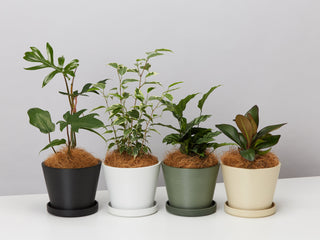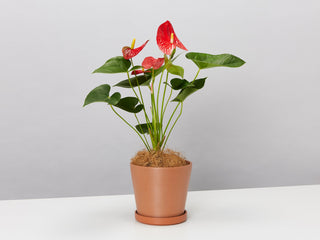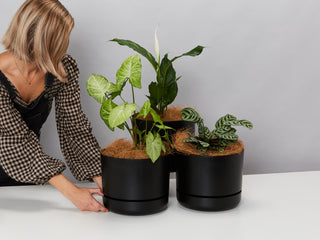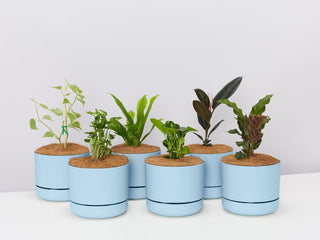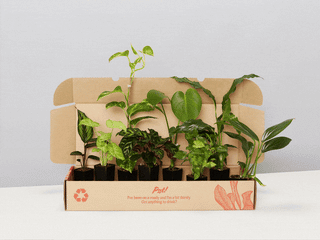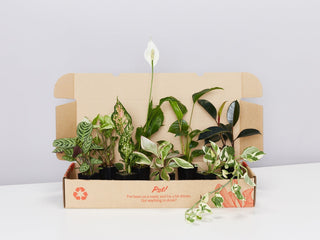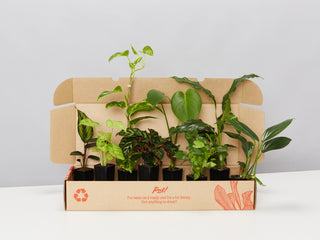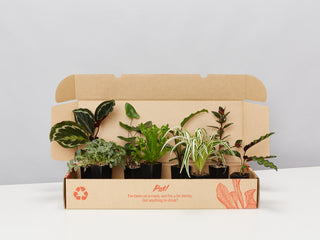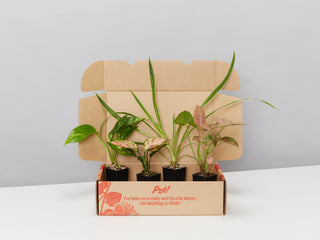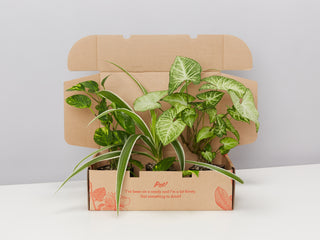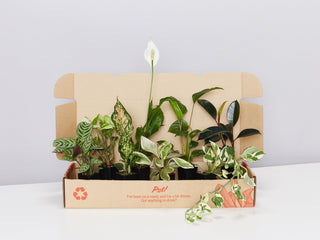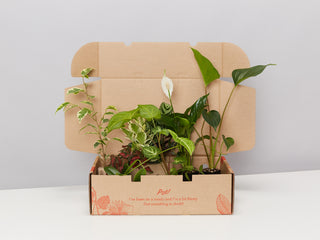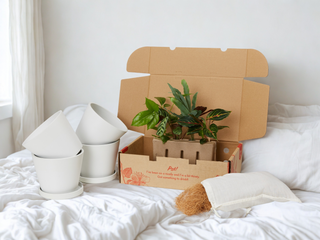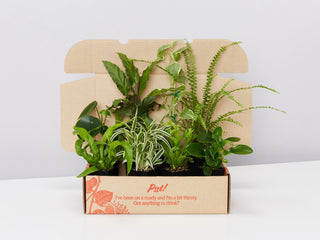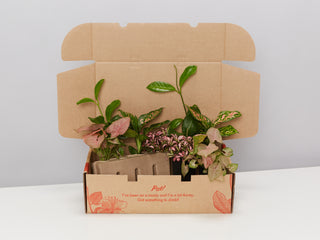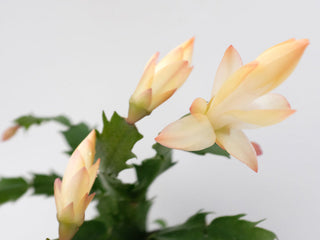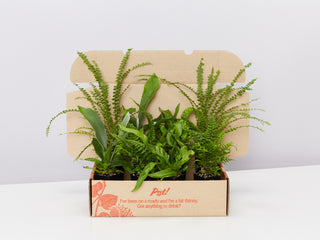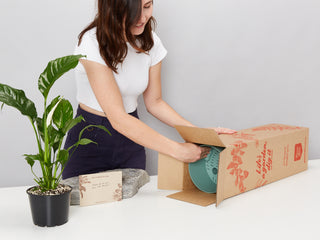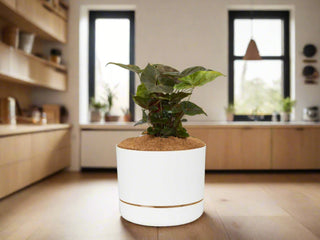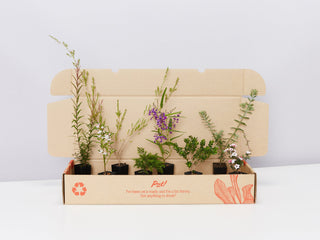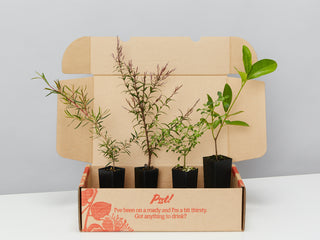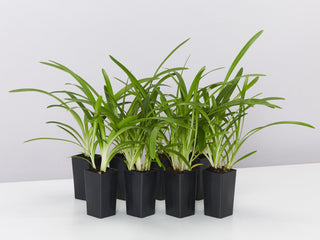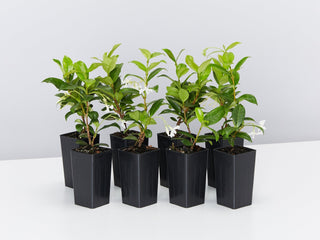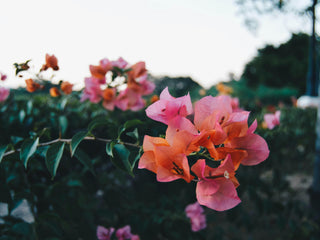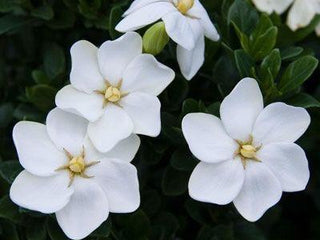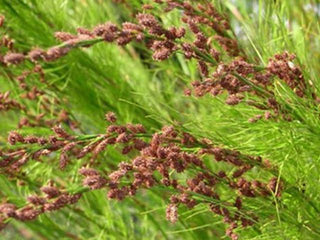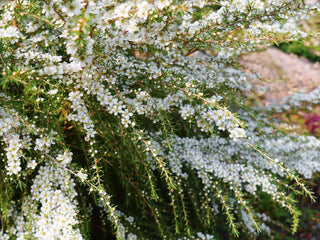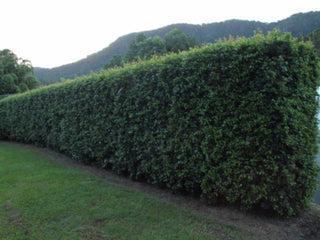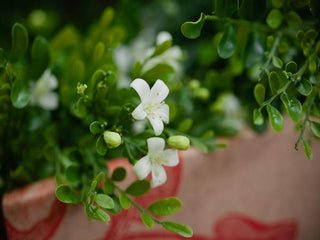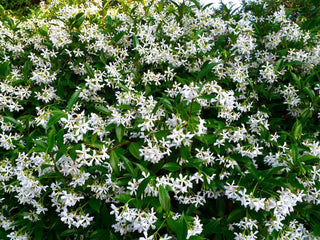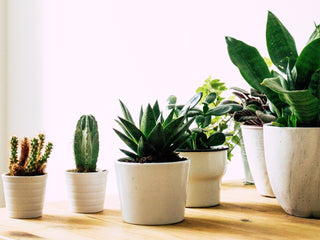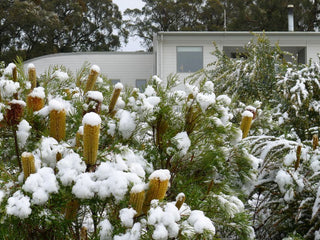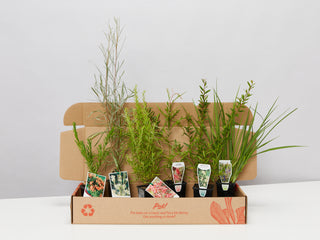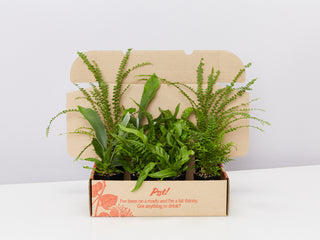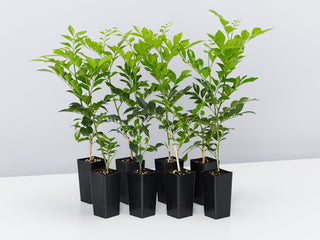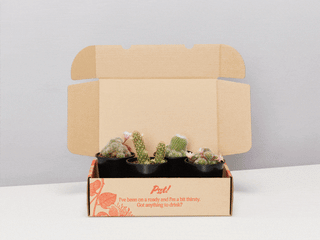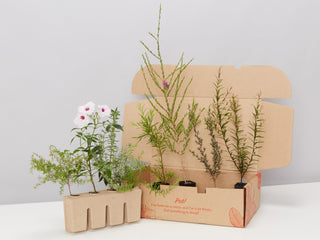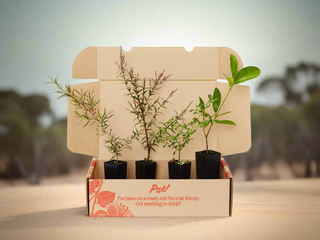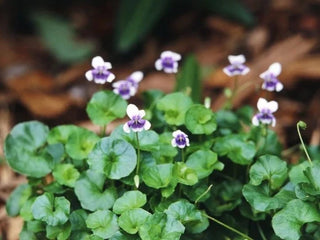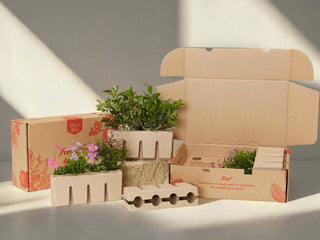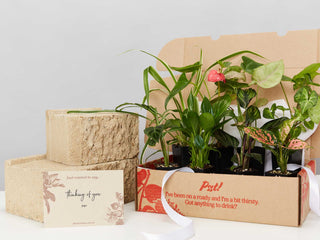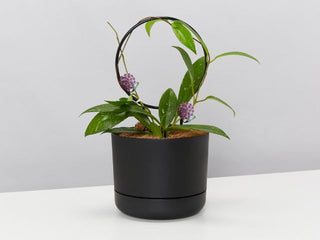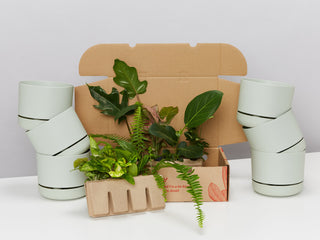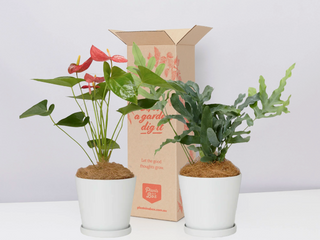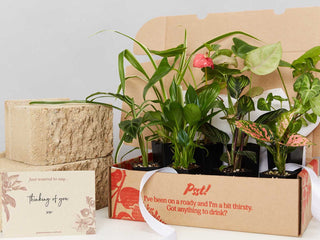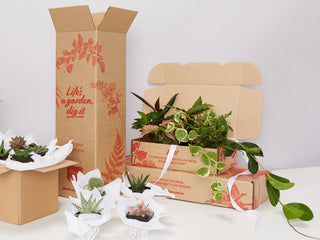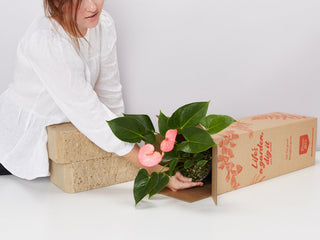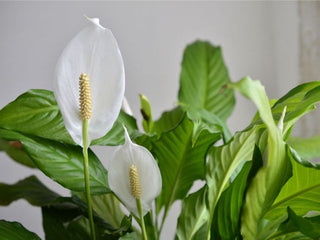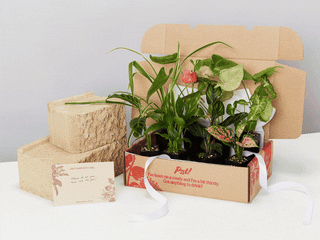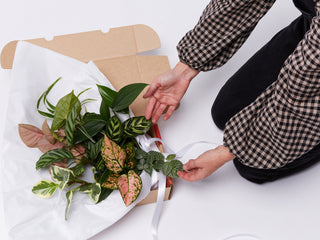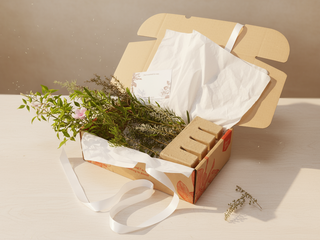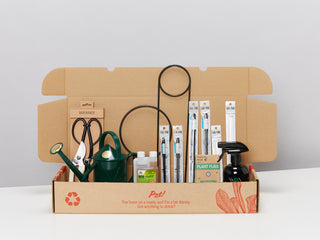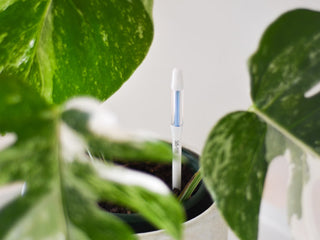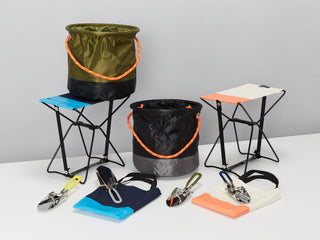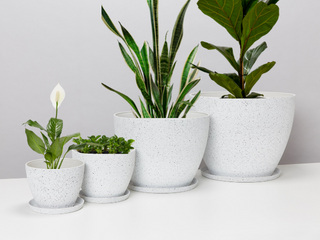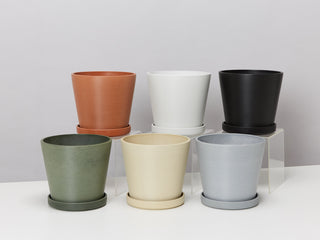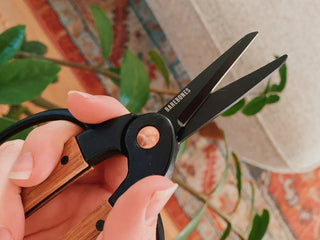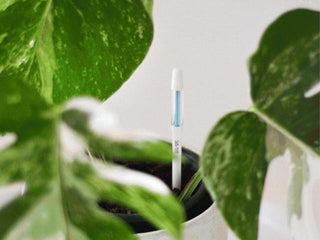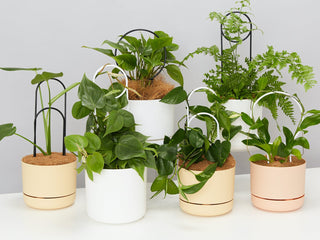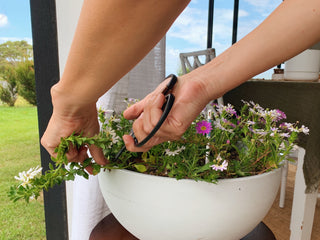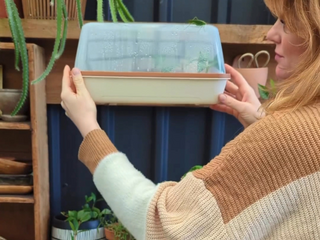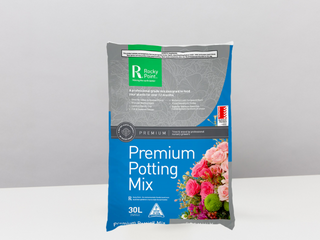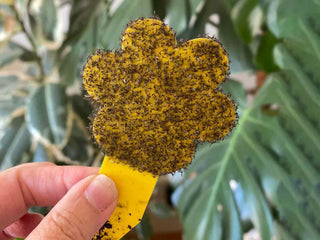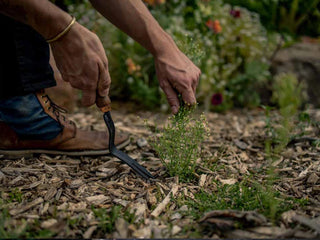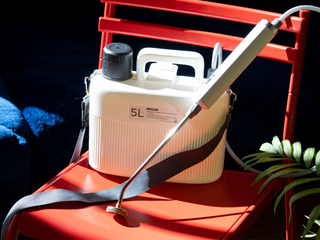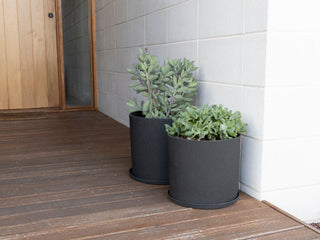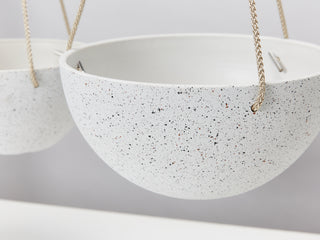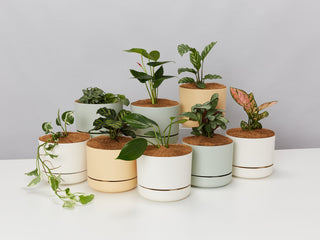Let's Get Growing! A Guide to Choosing and Growing Your Lilly Pilly
The Lilly Pilly is a versatile, beautiful shrub that is perfect for any garden. From the small, compact forms to tall screening varieties, there’s a Lilly Pilly for every garden. Their attractive foliage and fruit can be planted both as a feature and in hedges. But with such wide varieties available, which ones should you choose? And how do you go about growing them? Don’t worry - we’ve got all you need to know right here!
How To Choose Your Lilly Pilly
When selecting your Lilly Pilly, it's essential to consider the size of your garden and what type of plant you're looking for. If you have limited space or want to create a low hedge, then smaller varieties like 'Dwarf Lilly Pilly' like the Acmena Smithii Minor are ideal. On the other hand, if you have more space or would like to use the Lilly Pilly as a feature or screening plant, larger varieties like 'Acmena Smithii' or 'Acmena Firescreen' could be perfect for you. Use the filters on the website for your desired hedging heights.
What are the best Lilly Pilly's psyllid-resistant varieties to grow?
Acmena Firescreen, Acmena Smithii Minor (Dwarf), Acmena Smithi, Resilience, Backyard Bliss, Winter lights and Allyn Magic.
Where To Plant Your New Lilly Pilly?
Lilly Pillies prefer good fertile moist soil but will still thrive in drought, full sun or semi shade and will tolerate frosts, sandy soils and coastal conditions. Lilly Pillies don’t do well in wet areas so make sure there is adequate drainage. They will grow quite happily as container plants although they will need regular watering, as container plants dry out very quickly.
Lilly Pillies do a stand-out job in providing shelter from the wind, protecting your privacy, topiary planting – Lilly Pillies are quite happy to be shaped and pruned . Bringing native birds to your garden – they love the big red and purple berries.

Lilly Pillies are hardy plants that do well in a wide range of soils from sandy loam to heavy clay but they do like adequate drainage. But it's good to note that Lilly Pillies love you if you keep them well mulched. Lilly pilly tend to also like organic fertiliser such as blood and bone or Dynamic Lifter. The most important aspect of planting your new hedge is to ensure the ground is well prepared beforehand by adding either cow manure or blood and bone or Dynamic Lifter to the soil prior to planting and leave a week to break down. Apply the fertiliser in Spring and in Autumn each year and ensure water is adequate particularly during the Summer months.
How To Plant And Grow Your Lilly Pilly
Once you have chosen your Lilly Pilly, it is time to get planting! Make sure your hole is at least twice the pot's circumference and deep enough so that the top of the rootball will be level with ground level when planted. Place some mulch around the base of the plant and water thoroughly after planting. Once planted, make sure your Lilly Pilly gets plenty of sunlight but try not to let it dry out too much between watering sessions. During hot weather, give them an extra drink! If you want to create a hedge or screen, prune regularly – pruning helps keep the plant healthy by removing dead branches and encouraging new growth.
The best time for pruning is late spring or early summer when the plant has finished flowering. When pruning your Lilly Pilies, use sharp tools and make clean cuts at an angle just above a bud or leaf node.

Whether you want a feature plant in your garden or need something for screening purposes, choosing and growing Lilly Pillies can add beauty and interest to any outdoor area - plus, they're easy to care too! So why not try adding some colour with these fabulous plants this summer? With our guide on choosing and growing your own Lilly Pilly, let's get growing!
